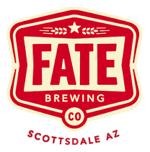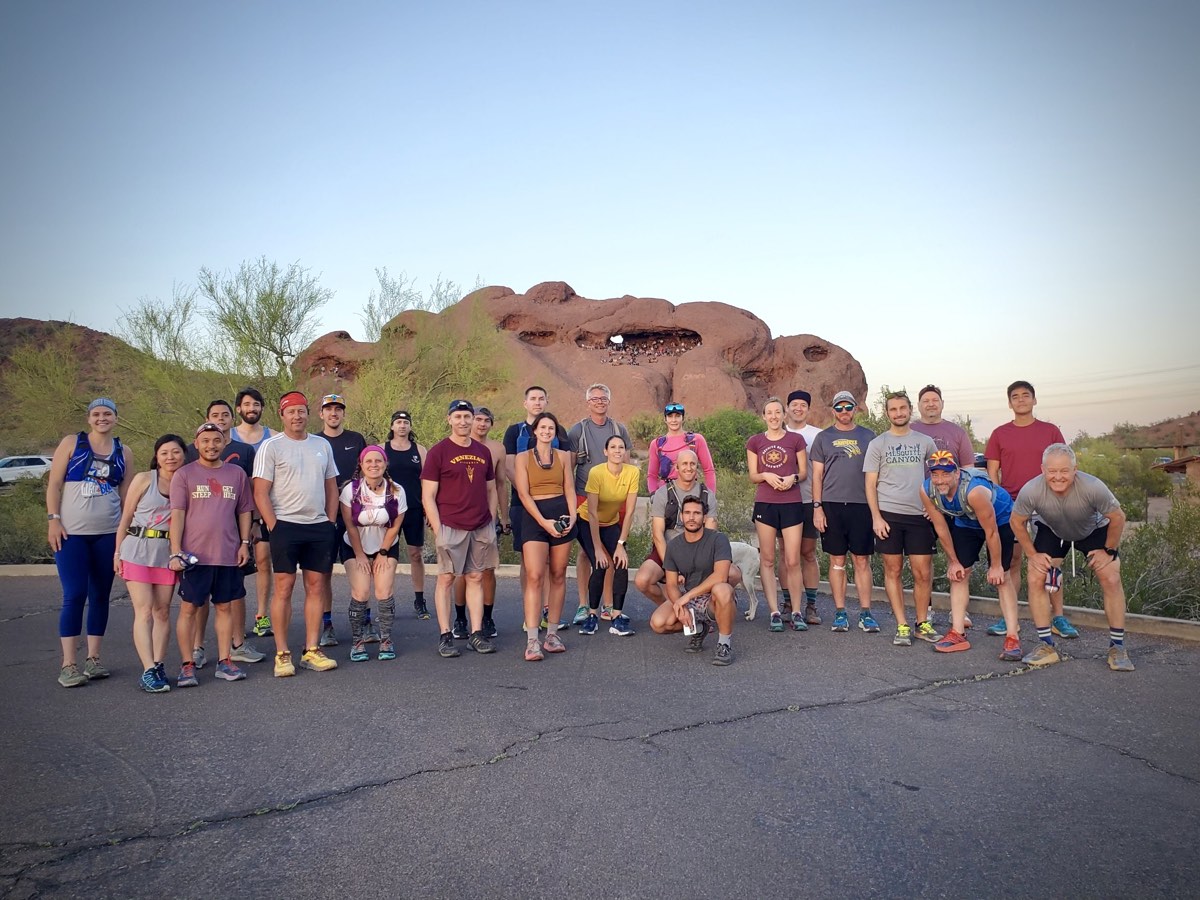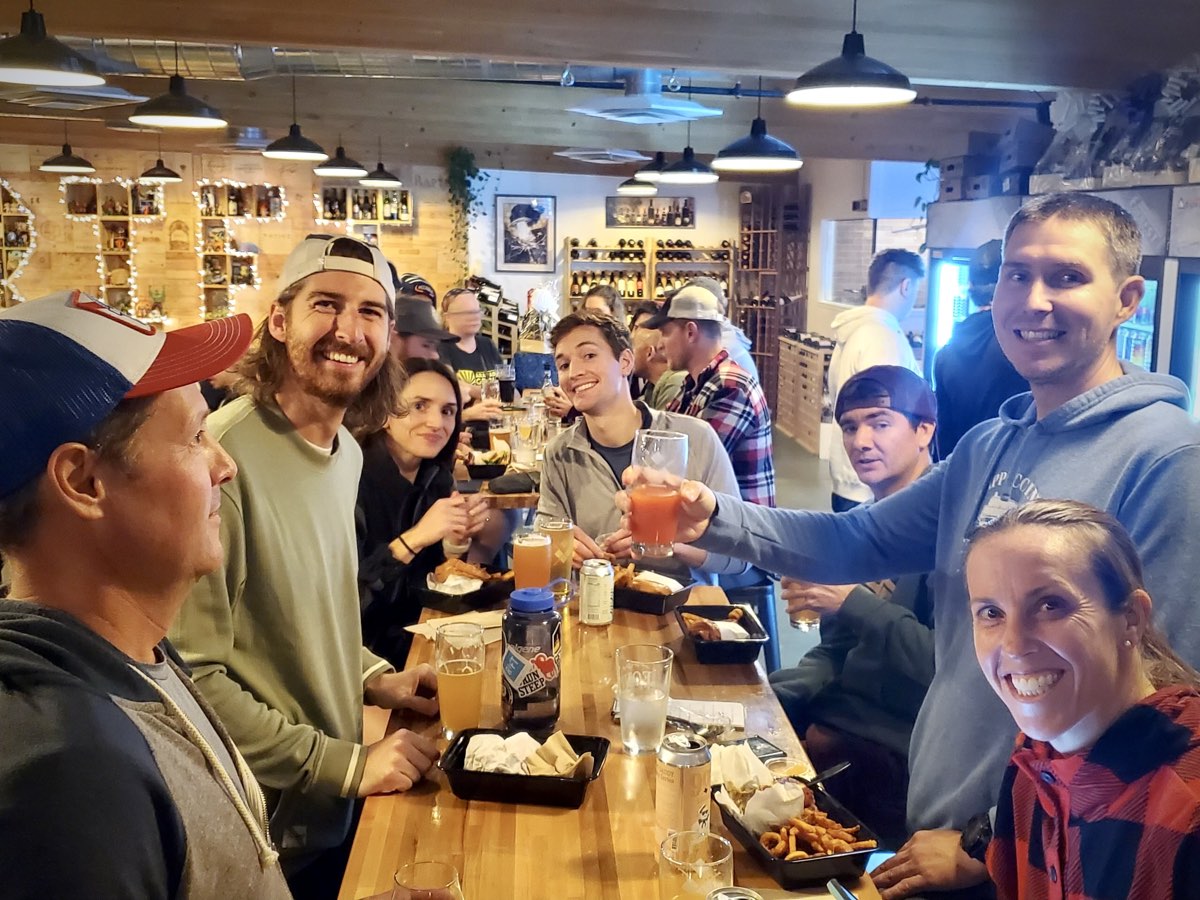 Over the past several years, there has been ongoing conversation among many on this website and elsewhere about increasing commercialism in trail running and ultrarunning. As the sport has grown, we have seen significant growth in sponsorship support for athletes and events, as well as large companies entering the sport to provide coaching services, athlete support, and event production.
Over the past several years, there has been ongoing conversation among many on this website and elsewhere about increasing commercialism in trail running and ultrarunning. As the sport has grown, we have seen significant growth in sponsorship support for athletes and events, as well as large companies entering the sport to provide coaching services, athlete support, and event production.
I will admit that as a long-time participant in ultrarunning I have been skeptical of this increase in commercialism, as it has caused me to worry that this kind of growth could negatively impact the down-home community feel many of us love about trail running and ultrarunning. Additionally, I have been concerned that, as for-profit entities become more prevalent in the sport, the impact of money on the events and the participants could change the sport for the worse.
And so it was that on a recent work trip to Phoenix, Arizona, my eyes were opened to the ways in which at least one for-profit entity in the sport is expanding the sense of community and nurturing the old-school vibe that many of us know and love.
Jamil Coury started running ultramarathons in 2005. After volunteering for a few years at the Javelina Jundred Mile, he took over the reins as race director in 2008. After a successful first year, Jamil started his own event company, Aravaipa Running, in 2009.
Today, just 13 years later, Aravaipa Running puts on over 40 events in Arizona and Colorado, employs dozens of people, and is housed in a sprawling complex complete with high-tech office space, event equipment, and a multimedia recording studio. They have come a long way from their humble beginnings.
In addition to producing big-time events like the Javelina Jundred Mile, Cocodona 250 Mile, and the Desert Solstice Track Invitational, the folks at Aravaipa also host two group runs a week all year round in and around the Phoenix area. On my recent trip to Phoenix, I was invited to join in on their 6 p.m. Wednesday group run at Papago Park.
When I arrived at the trailhead a few minutes before six, I was surprised to see a nearly full parking lot and a group of over 50 runners gathered for the run. Under the humble leadership of Chris Worden, and some of the other Aravaipa regulars, we divided up into the “fast” group, “medium” group, “fun” group, and “super fun” group. Wanting to take in the full experience, I jumped in with the “super fun” group.
What followed was a relaxed 3.5-mile run through the desert on a warm spring evening. Following a couple of guys who volunteered to lead the way, the group chatted the entire way and by the time our 45-minute trot was finished, I felt like I had a dozen new friends.
After the standard hang around the trailhead for 15 minutes chatting, most of the group retired to a local brewpub for social time and fellowship. All in all, the experience brought me back 20 years to the first time I joined group runs in Phoenix. It was just wonderful!
While there are certainly good and valid reasons to be worried about the corporatization of our beloved sport, my experience in Phoenix with Aravaipa Running is proof that maybe you can teach an old dog new tricks. Just because there are people out there trying to make money doing something I love to do for free doesn’t mean they want to damage the sense of community in trail running.
In fact, as I learned, it may be just the opposite. Hopefully, Aravaipa is a model that other commercial ventures could endeavor to follow, in intentionally supporting community while doing their business. With that in mind, there is no reason why profit-making enterprises and old-school trail running values can’t peacefully coexist.
Bottoms up!
AJW’s Beer of the Week
 This week’s Beer of the Week comes from Fate Brewing Company in Tempe, Arizona. Their Half Way to Hefen Hefeweizen is a delicious summertime beer, with a slight taste of vanilla and a delicious, crispy finish. One of the most popular breweries in the Valley of the Sun, Fate Brewing is a must-stop in the desert.
This week’s Beer of the Week comes from Fate Brewing Company in Tempe, Arizona. Their Half Way to Hefen Hefeweizen is a delicious summertime beer, with a slight taste of vanilla and a delicious, crispy finish. One of the most popular breweries in the Valley of the Sun, Fate Brewing is a must-stop in the desert.
Call for Comments
What other examples from around the trail running and ultrarunning communities can you share where both community and commercialization coexist?


